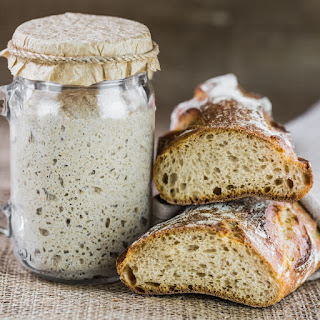UN-BEET-ABLE: Increase athletic performance with Beets

UN-BEET-ABLE: Increase athletic performance with Beets Nutritional supplements have long been used to enhance athletic performance, common supplements include creatine, whey protein isolate, and caffeine. In recent years studies have shown performance enhancements from the consumption of beets or beetroot juice. Beets contain compounds that increase levels of nitric oxide in the body, this increase has multiple performance-enhancing effects related to blood flow, gas exchange, efficiency, strength of muscle contractions as well as mitochondrial biogenesis. The enhancements presented with supplementation indicate beneficial ergogenic effects on cardiorespiratory endurance. Supplementation increases efficiency in the cardiorespiratory system expanding the time to exhaustion at sub-maximal intensities at various distances and improves VO2max scores through increasing max oxygen uptake and anaerobic threshold intensities. It’s important to note that while beetroot juice may be a great addi...

.png)
.png)
.png)

